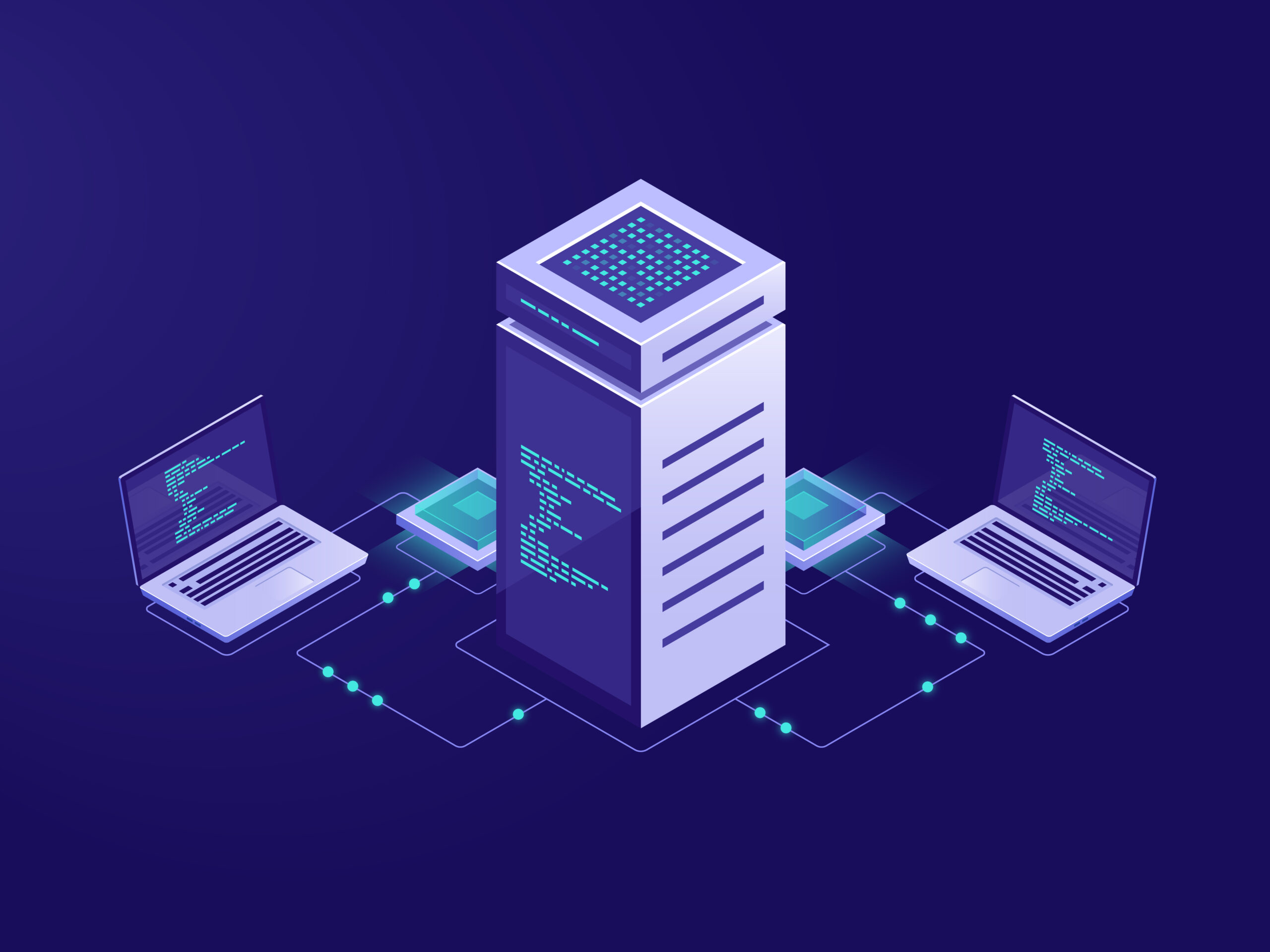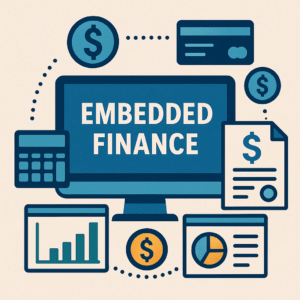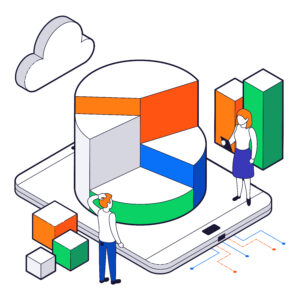Modern Tech Stack for Accounting: Modern Solutions for 2025

Technology spending among accounting firms hit record levels in 2025, with 74% of firms adopting cloud-based accounting and automation tools reporting higher revenue and faster reporting cycles, according to CPA Practice Advisor. Building a modern tech stack for accounting is no longer optional. This guide outlines the essential components of an effective accounting practice tech stack. For firms across the size spectrum, the question is no longer whether to adopt technology, but how to integrate AI, cloud solutions, and automation into an efficient and scalable workflow.
Cloud Accounting at the Core
At the heart of a modern accounting practice lies cloud accounting. Platforms like QuickBooks Online Accountant, Xero Partner Edition, and Sage Intacct form the backbone of operations, offering real-time visibility into client ledgers and automated reconciliations. Firms using cloud platforms report up to 39% higher revenue per employee, according to RightWorks’ 2024 survey.
Cloud adoption allows practices to integrate other systems seamlessly. NetSuite connects accounting, CRM, and inventory management in a single ecosystem, enabling multi-client firms to scale without proportional headcount increases. The competitive advantage lies not in cloud adoption itself, but in how effectively firms exploit the integration capabilities that cloud infrastructure enables.
Workflow and Practice Management
Beyond accounting software, workflow tools have become central to operational efficiency. Karbon, Jetpack Workflow, and Canopy help manage deadlines, allocate tasks, and maintain client communication logs. Firms using modern workflow tools reduced bottlenecks by 28% and improved compliance tracking. These platforms also offer client portals, allowing firms to maintain continuous service presence rather than limiting interactions to month-end reporting.
As firms plan their budgets, workflow management is evolving from internal productivity tool to client engagement infrastructure. With 83% of accountants believing high-value clients are more likely to be technologically advanced, client portals and continuous engagement models are becoming baseline expectations rather than premium offerings.
Automation and AI Integration
Automation has moved from peripheral use to the core of the tech stack for accounting. Hubdoc and Dext automatically capture receipts and invoices, while Bill.com streamlines accounts payable. BlackLine provides reconciliation automation for complex multi-client firms.
AI is increasingly embedded across multiple layers of the accounting stack. Research shows that 59% of accountants use AI for drafting emails, 36% for task automation, and 31% for research. AI-driven tools now assist in reconciling transactions, producing draft management accounts, and even detecting anomalies. These capabilities allow senior staff to concentrate on advisory services and strategic client engagement.
The productivity gains are substantial. 81% of accountants report that AI boosts productivity, while firms that train staff on AI save up to seven weeks per year per employee. Yet a persistent gap remains: while 82% express excitement about AI, only 25% are actively investing in training. Gartner predicts that 90% of finance teams will use at least one AI-powered solution by next year, making the competitive divergence between trained and untrained firms increasingly stark.
Payroll and Expense Management
Modern accounting stacks integrate payroll and expenses seamlessly, eliminating the manual data transfer that creates errors and delays month-end closes. Gusto, ADP, and Rippling handle payroll compliance, tax filings, and employee management while syncing directly with cloud accounting platforms. This integration ensures payroll journals flow automatically into client ledgers, reducing reconciliation time and improving accuracy.
Expense management has evolved beyond receipt capture. Expensify and Ramp provide real-time expense tracking with automated categorization, policy enforcement, and approval workflows. These platforms connect corporate cards directly to accounting systems, capturing transactions as they occur rather than waiting for month-end reconciliation. For practices managing multiple clients, the ability to automatically categorize and code expenses across different entities reduces hours of manual work. Firms leveraging integrated payroll and expense platforms report measurable gains in both efficiency and client retention, with some reducing payroll processing time by up to 50%.
Reporting and Advisory Services
The modern tech stack for accounting extends beyond compliance into advisory. Reporting and dashboard tools such as Fathom, Spotlight Reporting, Power BI, and Tableau enable firms to deliver near real-time insights. Cash flow forecasting, KPI tracking, and scenario modeling allow accountants to provide clients with strategic guidance, transforming traditional bookkeeping firms into advisory powerhouses.
Industry research shows that 79% of accountants anticipate growth in strategic advisory services over the next year, with volume expected to rise by 38%. The integration of reporting tools into workflows allows accountants to continuously monitor client performance, rather than relying solely on monthly or quarterly reviews.
Integration and Ecosystem Connectivity
Integration platforms such as Zapier, Workato, and Celigo connect disparate systems, from CRM to e-commerce, ensuring that data flows smoothly across the accounting stack. Integrated ecosystems reduce duplicate data entry, eliminate errors, and enable firms to automate routine tasks. Practices adopting integrated solutions report faster client onboarding, improved efficiency, and more consistent reporting accuracy.
Yet integration remains one of the biggest challenges facing practices. Accountants now manage an average of eight different digital tools, and 89% believe better integration is key to unlocking their full potential. Only 36% of firms have fully standardized their tech stacks, leaving most practitioners managing disconnected systems. As firms plan their technology budgets, averaging $20,000 in spending, the priority is shifting from adding new capabilities to ensuring existing systems function as coherent infrastructure.
Compliance and Security Infrastructure
Modern accounting stacks require robust compliance and security layers. With 76% of practitioners concerned about data security when evaluating new tools, firms are investing in dedicated security infrastructure alongside their operational platforms. Tools like SmartSearch handle AML and KYC compliance for accounting firms, while document management systems with encryption, multi-factor authentication protocols, and audit trail capabilities have become non-negotiable components.
Compliance automation tools like Thomson Reuters ONESOURCE help firms meet regulatory requirements while managing version control and monitoring metrics. As regulators increase scrutiny of automated accounting processes, practices need systems that document controls and maintain comprehensive audit trails. The challenge intensifies with AI-generated outputs, where professional oversight requirements remain undefined but risk exposure is clear.
Wrapping Up
A modern tech stack for accounting combines cloud accounting, workflow management, AI-powered automation, payroll integration, and advanced reporting tools. Firms leveraging this technology report higher revenue per employee, faster processes, and improved client satisfaction.
For forward-looking accounting practices heading into 2026, the imperative is clear: integrate robust cloud systems, embed AI judiciously with appropriate training and oversight, and ensure technology functions as coherent infrastructure rather than disconnected applications. Those that close the gap between technology enthusiasm and operational implementation can transform compliance workflows into continuous, high-value client engagement, creating a competitive advantage that extend





